The potential of parklife
 - Phong Nha – Ke Bang National Park was recognised as a UNESCO World Natural Heritage – can you tell us more details on the criteria used to evaluate the park and introduce the park’s main characteristics?
- Phong Nha – Ke Bang National Park was recognised as a UNESCO World Natural Heritage – can you tell us more details on the criteria used to evaluate the park and introduce the park’s main characteristics?
Phong Nha - Ke Bang National Park is a UNESCO World Heritage Site in the Bo Trach and Minh Hoa districts of Quang Binh province in north-central Vietnam, about 500km south of Hanoi. The park borders the Hin Namno Nature Reserve in Khammouan, Laos to the west and 42km east of the East Sea from its borderline point.
Phong Nha - Ke Bang National Park is situated in a limestone zone of about 2,000sqkm in Vietnamese territory and borders another limestone zone of 2,000sqkm called Hin Namno in Laotian territory. The core zone of this national park covers 857sqkm with a buffer zone of 1,954sqkm.
The park was created to protect one of the world’s two largest regions of karsts with 300 caves and grottoes. It also protects the ecosystem of limestone forest of the Annamite Range region in the northern central coast of Vietnam.
Phong Nha-Ke Bang is noted for its cave and grotto systems as it is composed of 300 caves and grottoes with a total length of about 70km, of which only 20 have been surveyed by Vietnamese and British scientists; 17 of these are in located in the Phong Nha area and three in the Ke Bang area.
After April 2009, total length of caves and grottoes are 126km. Before the discovery of the Son Doong cave, Phong Nha held several world cave records, as it has the longest underground river as well as the largest caverns and passageways.
The park derives its name from Phong Nha cave, which contains many fascinating rock formations, and Ke Bang forest. The plateau on which the park is situated is probably one of the finest and most distinctive examples of complex karst formations in Southeast Asia. The national park was listed as a UNESCO World Natural Heritage in 2003 for its geological value.
In April 2009, the world’s largest cave, was discovered by a team of British cave explorers from the British Caving Association.
According to scientists, the Phong Nha - Ke Bang area reflects the geographic elements which serve to illustrate the history of our earth’s formation over a period of 450 million years from the Ordovic period till now. The operation of earth cover created the diversified terrain, karsts and underground river systems, which are all apparent today.
 - What has your management board done to promote the rich tourism potential of the national park?
- What has your management board done to promote the rich tourism potential of the national park?
Quang Binh Province and Phong Nha - Ke Bang National Park are rich in tourism potential. So in order to develop this potential, it’s necessary to have a strategic master plan to advertise and promote the area. Firstly, we had a good master plan for the national park and heritage site to provide local and foreign tourists new, specific and attractive tourism products.
We also consulted the Quang Binh People’s Committee to hold tourism promotion conferences to introduce the province’s tourism and Phong Nha - Ke Bang National Park in Hanoi, Danang and Ho Chi Minh City. Also through the provincial tourism promotion centre, we highlight tours to Phong Nha – Ke Bang.
In the near future, we plan to introduce Phong Nha - Ke Bang to more investment and trade meetings inside and outside the country. Furthermore, we will also strengthen our image in the local and international press/ media and publish various kinds of media products such as CDs, brochures, guide books, et cetera.
Currently, we have been working more closely with local and international travel agencies to attract many more tourists to Quang Binh and Phong Nha - Ke Bang.
- Besides the caves in Phong Nha - Ke Bang which have been explored in recent years, what’s new and exciting regarding cave tourism this year?
Many caves in Phong Nha - Ke Bang are unexplored and have great tourism potential. Besides the well-known caves such as Phong Nha, Tien Son and Thien Duong, we have opened new caves, including Toi (Dark) and En (Swallow), while developing stable eco-tourism activities in the park to create a new kind of experiential tourism.
This year, we will open two new routes, including exploring the deep and mysterious beauty of Phong Nha and experiencing the mystery of Rao Thuong - En cave. These are new eco-friendly tours which help tourists enjoy the stunning beauty and the wild nature of the caves.
Moreover, we will also develop various water activities such as touring into caves or along the river by kayak or boat. We will upgrade the quality of tourist boats in the region as well as better educate and train guides/ employees. We will also invest in diversifying traditional crafts and souvenir-production.
- During the Quang Binh Tourism Month 2012, the number of tourists flocking to the region increased rapidly. How did you ensure the security and safety of tourists and prevent soaring prices?
Any tourism area that wishes to attract tourists, and win them over, needs to make security and friendliness top priorities.
So we applied many methods and issued decisions directly related to tourism and service companies asking for rates to be published clearly. We also applied heavy punishments to violations.
For Phong Nha - Ke Bang, before tourist season, we organised meetings and ordered all services and companies operating in and around the region to promise not to increase prices.
All transportation was also checked for quality and safety in accordance with the law. We set up security teams to help tourists.
- Have you organised any campaigns to raise the awareness of local businesses on the need to protect the environment, save energy and minimise damage to the surrounding nature?
Phong Nha - Ke Bang National Park is a world natural heritage site so we spend a great deal of time considering how to best conserve the natural environment. Accordingly, we sent a message to all individuals and organisations visiting the park that Phong Nha- Ke Bang is a valuable treasure that God has given us so we all have a duty to protect it.
We check very carefully before allowing any tourism business to build their property or set up new products in the area. Currently, we will finish a master plan to develop stable tourism in Phong Nha - Ke Bang in the period of 2010-2020 and view to 2025. We train our staff and locals regularly on environmental protection through local nature conservation clubs.
- How do you evaluate the impact of tourism promotional campaigns and tourism businesses to Quang Binh’s socio-economic development as well as the attraction of Phong Nha – Ke Bang?
The concept of tourism is the connection between region and region, country and country, so tourism promotion campaigns are an indispensable activity to popularise a land.
An effective promotional campaign can help a land becoming a hot spot on the tourism map, can help that land’s people gain benefits from tourist business. Without promotion, you have a good product to sell but you won’t know where to sell, how much it costs and who wants to buy it, et cetera.
For Quang Binh and Phong Nha - Ke Bang’s tourism, we need to perfect a promotional programme to lift the local socio-economic conditions. Through these programmes, we will have many more tourism partners, who are local and international travel companies.
From them we can learn more and gain knowledge to better organise and operate tourism events as well as to show what we have and learn what should be avoided.
What the stars mean:
★ Poor ★ ★ Promising ★★★ Good ★★★★ Very good ★★★★★ Exceptional
Related Contents
Latest News
More News
- Cathay Cargo resumes Ho Chi Minh City service (April 05, 2024 | 19:04)
- Cultivating agricultural tourism model in Hanoi (April 05, 2024 | 14:51)
- HCM City stimulates tourism with discounts up to 60 per cent (April 04, 2024 | 16:01)
- Visitors to Vietnam in first quarter exceeded pre-COVID numbers (April 03, 2024 | 16:42)
- Domestic tourism under threat from high flight costs (April 02, 2024 | 12:19)
- Travelling back to nature (April 02, 2024 | 11:50)
- An Giang launches smart tourism information portal (March 29, 2024 | 10:20)
- Hanoi voted as ‘Best Food Destination for 2024’ by TripAdvisor readers (March 29, 2024 | 10:08)
- AirAsia Cambodia ready to take off starting with three domestic destinations (March 19, 2024 | 18:27)
- Phu Quoc among top beach destinations in Asia (March 19, 2024 | 15:55)



 Tag:
Tag: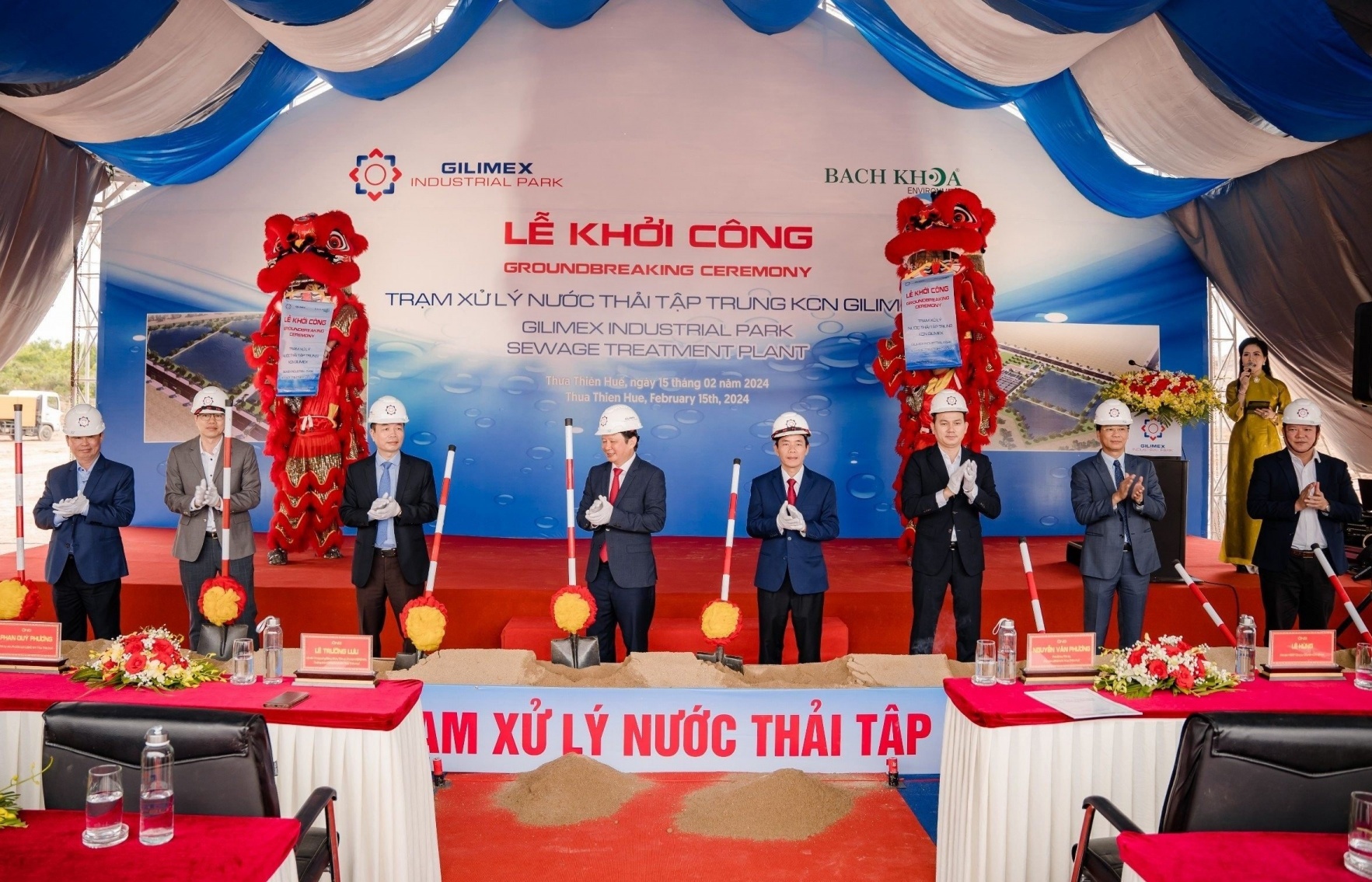
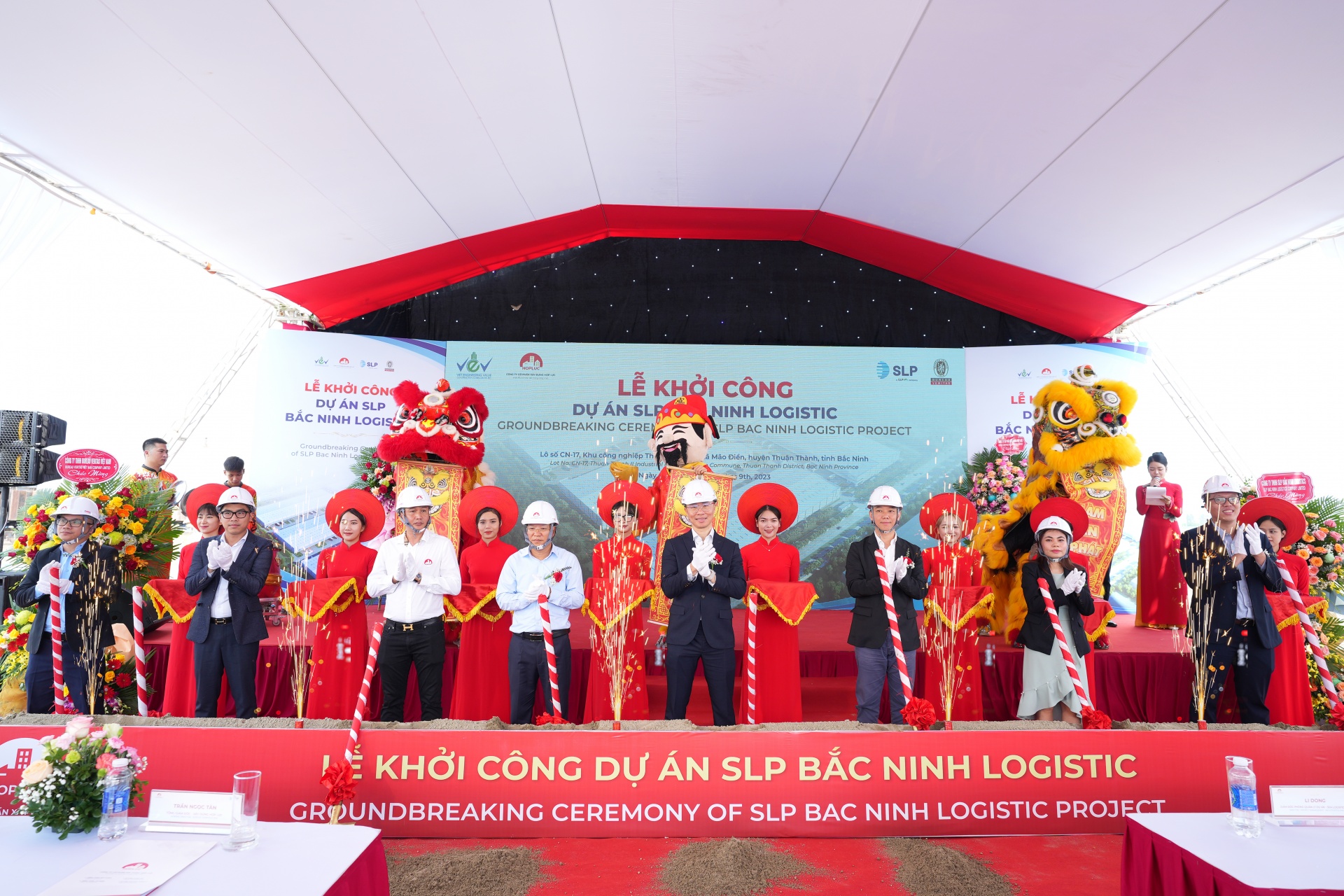
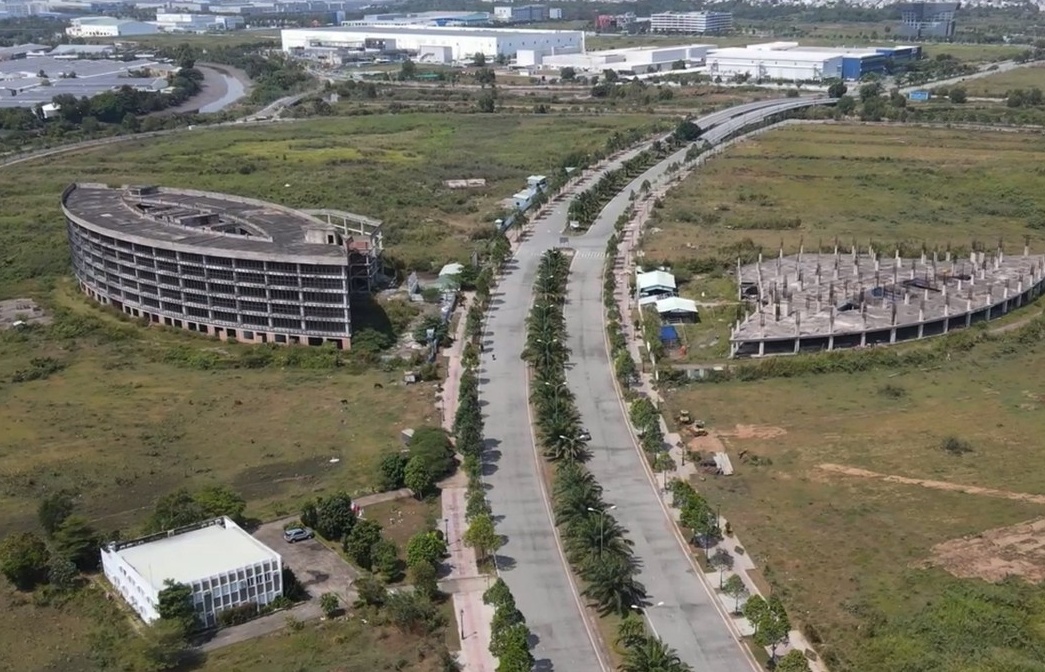
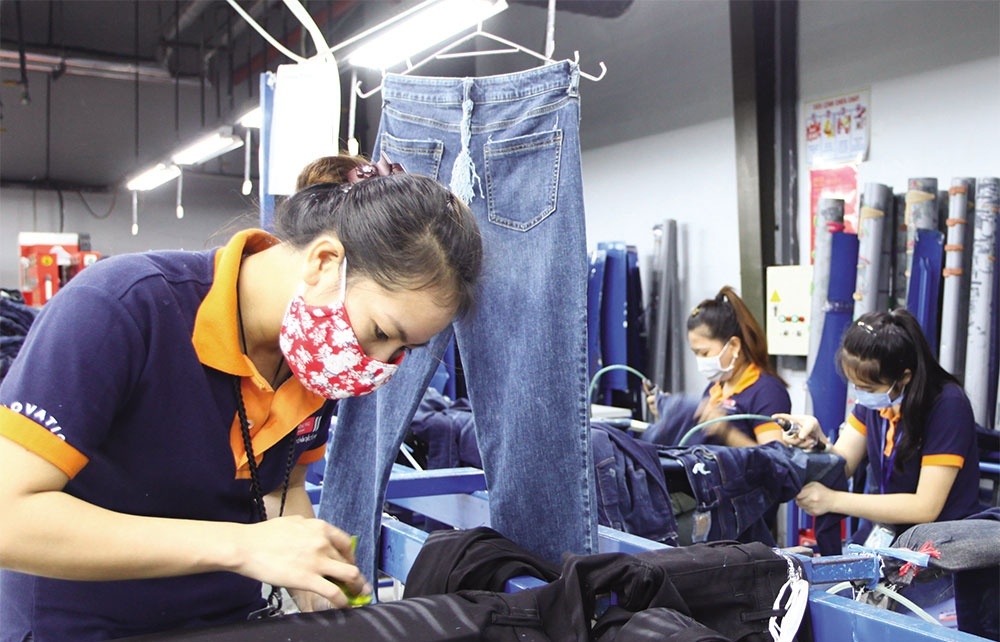
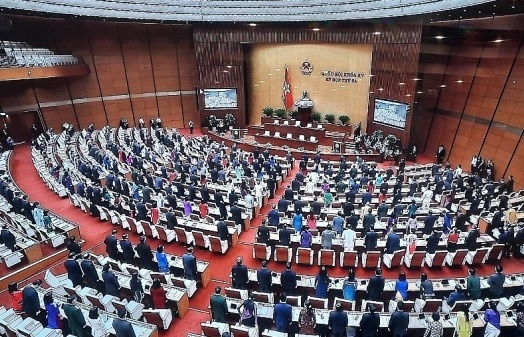
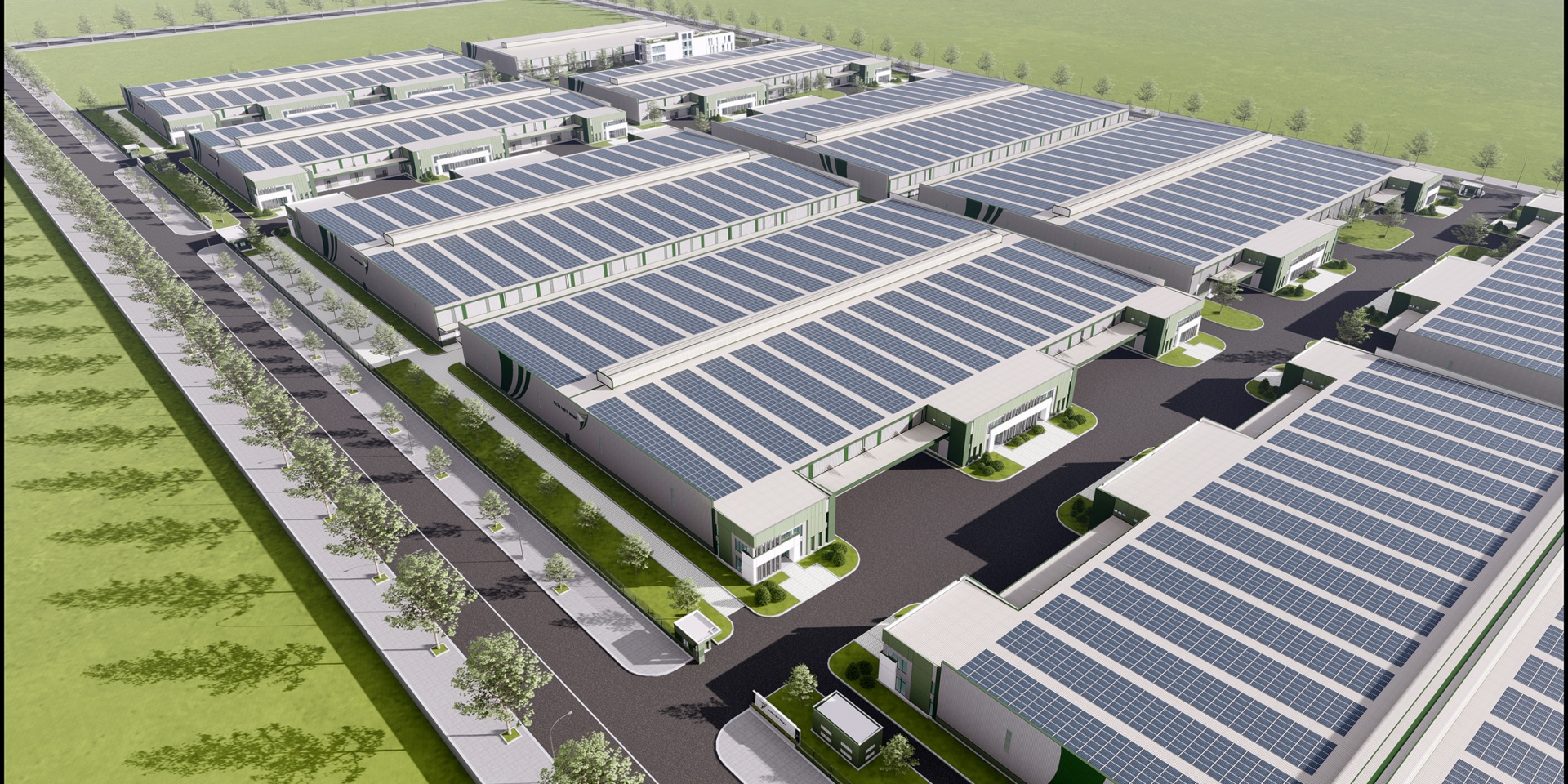
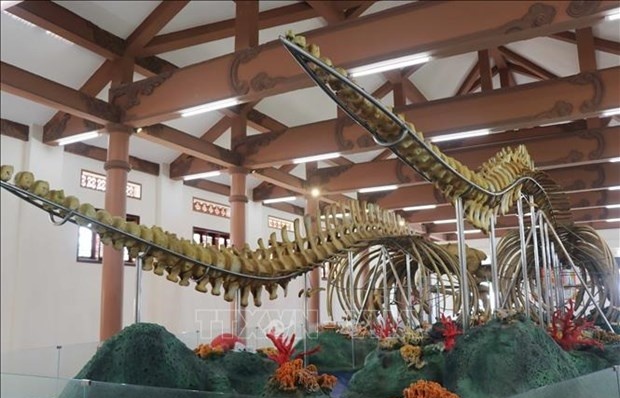
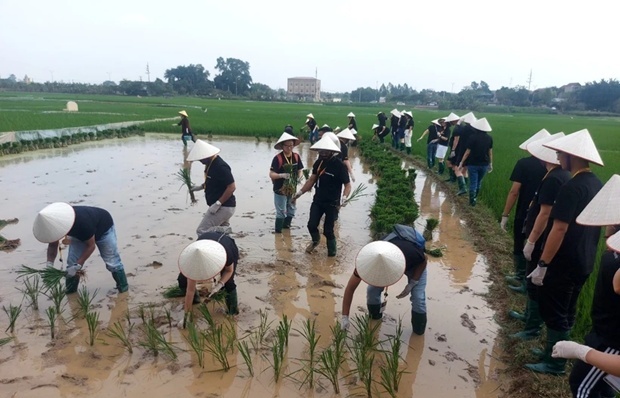
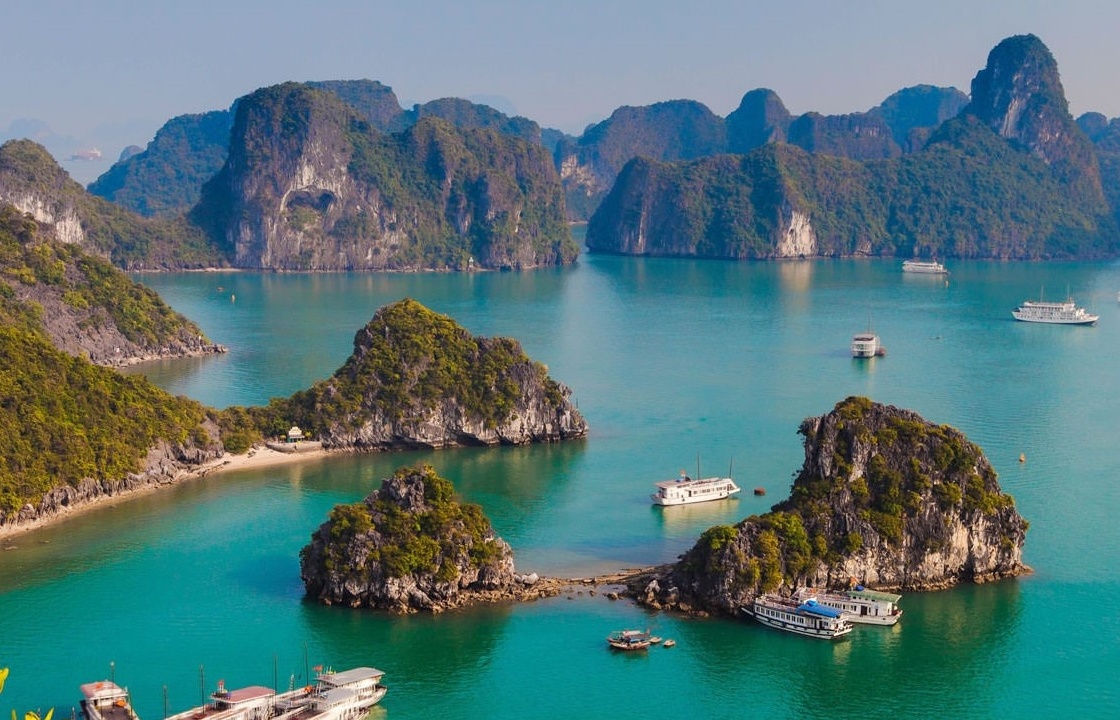
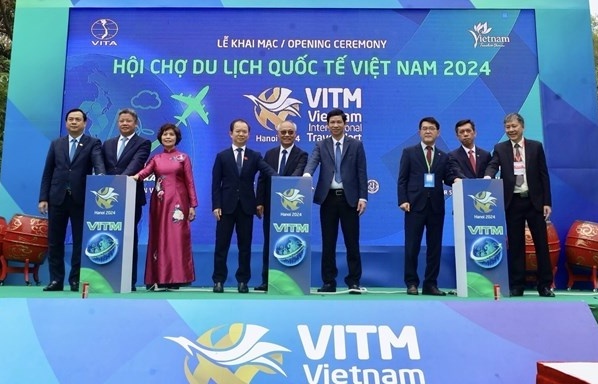
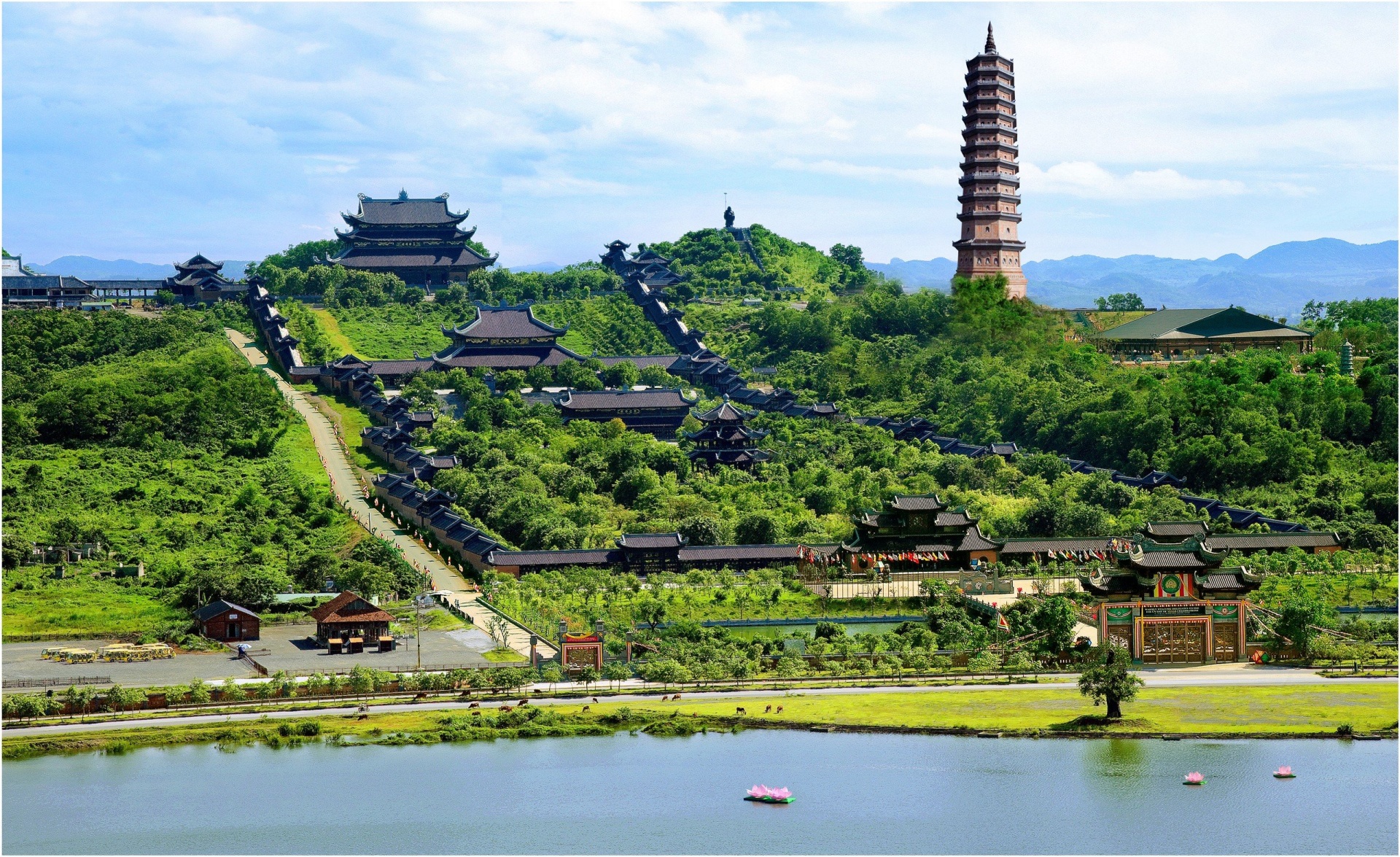
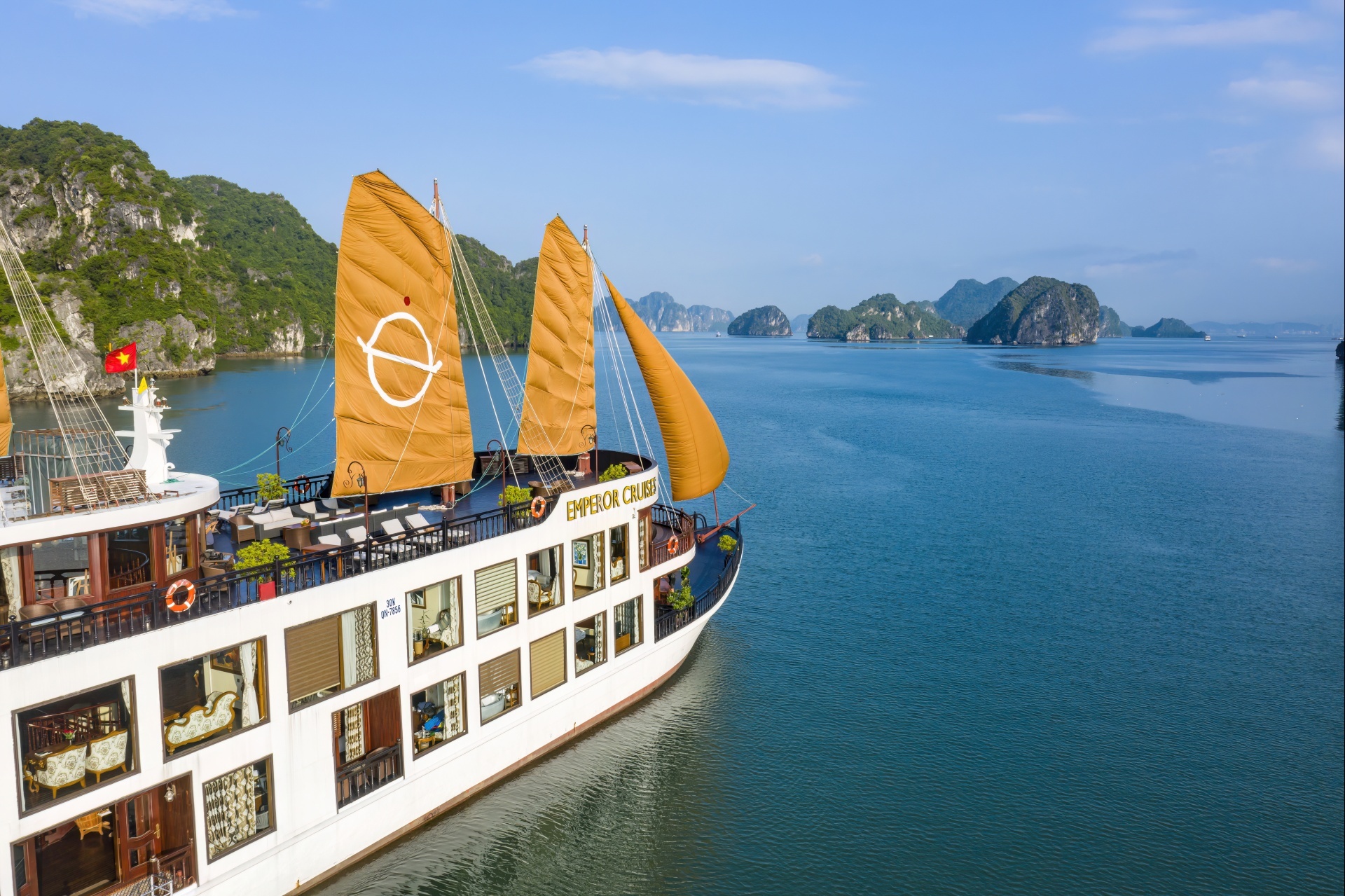



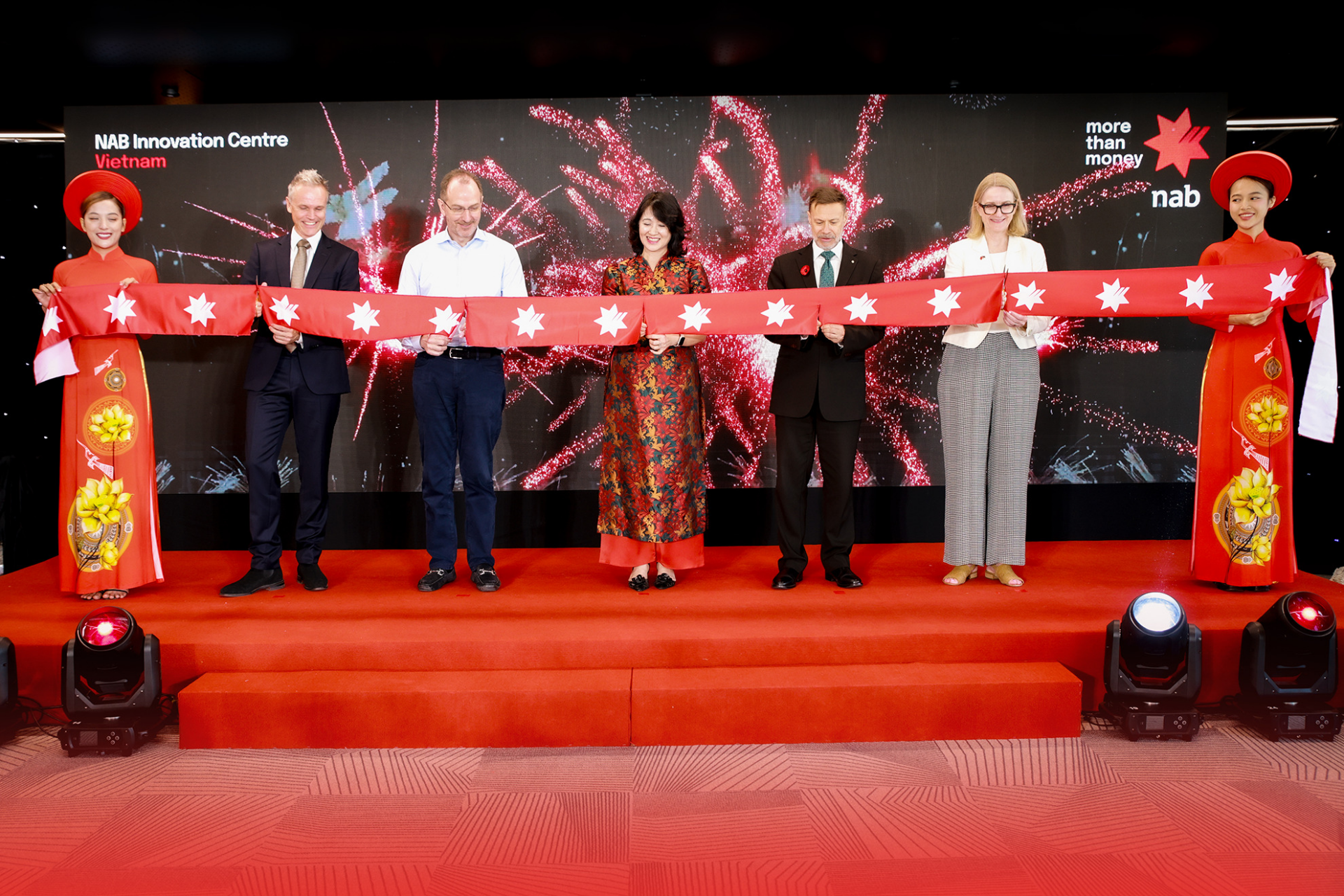
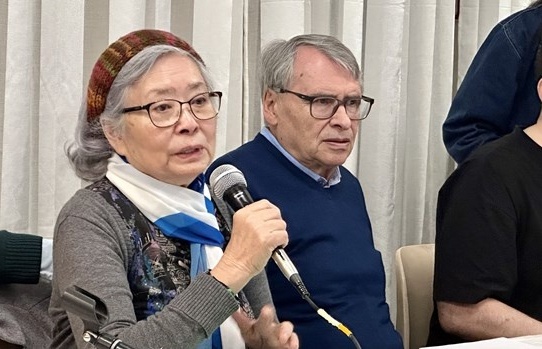
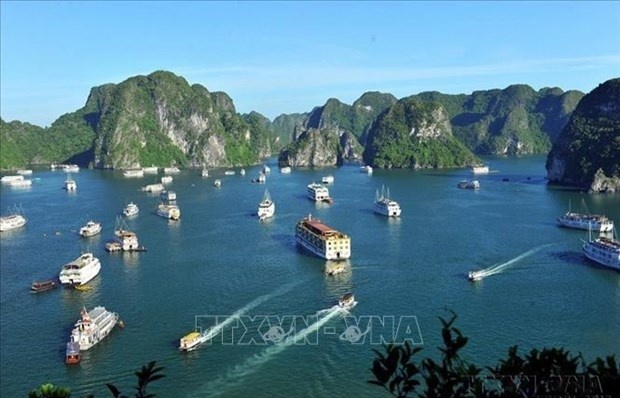



 Mobile Version
Mobile Version